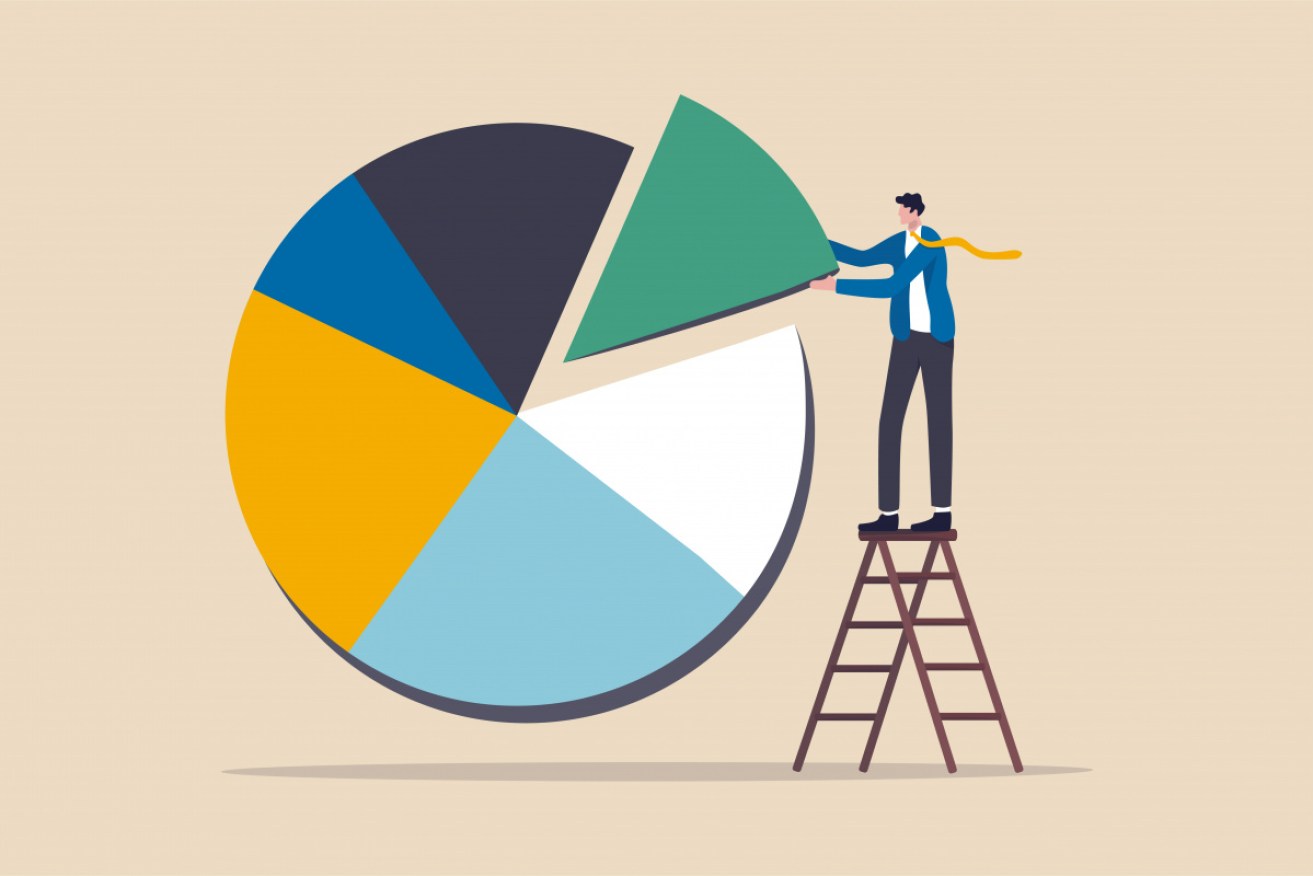Ask the Expert: Get your super investment mix just right


Each investment option offered by a super fund has a different asset allocation. Members can choose whatever suits them most. Photo: Getty
Question 1
Hi Craig, thanks for your great column. A couple of questions please regarding the investment mix in the pension phase of superannuation. The scenario – a self-funded 71-year-old home owner, $1,400,000 in “conservative balanced” option, living comfortably on the annual drawdown.
a. How much cash, if any, to keep for annual drawdowns? Some say three to five years cash to protect against market volatility. But one adviser said in practice this strategy doesn’t make much difference over time so leave it all in conservative balanced so you don’t have to worry about when to rebalance the cash.
b. I was thinking of switching perhaps $500,000 into higher return “balanced” or “indexed diversified” options to improve long-term performance and leave the rest “conservative balanced”. What would you advise please? Thanks in advance.
A couple of really good questions.
Firstly, whether to keep some money in cash when you are in pension phase. The idea being that this allows your other funds to remain invested and not have to be drawn down in pension payments if markets are suffering losses.
This is a popular strategy among some financial advisers. If I was being cynical, I would say they recommend this strategy as it helps them keep you on an ongoing service arrangement where you have to continually re-balance your portfolio.
There are many variations to this ‘bucket’ strategy. It’s called a bucket strategy as you have money invested in two or three different buckets, i.e. a cash bucket, a medium-term bucket and long-term bucket. When you add all the buckets together their overall asset allocation would be the same as your conservative balanced investment (assuming that is the investment option that matches your risk profile).
There are some issues with this strategy. Firstly, I agree with the adviser who told you it doesn’t make a difference over time. I have looked at many studies and they all conclude that financially it makes little difference or could actually be worse.
These buckets need to be topped up from time to time as you draw down on your cash bucket. Who decides when to sell down and switch funds between buckets? No one, including an adviser, can do this reliably.
As you draw down on your cash bucket, the rest of your portfolio will become more aggressive as it becomes a greater proportion of your overall portfolio.
Most people believe in dollar cost averaging, in fact, that is exactly how employer super SG contributions work. I covered that in a recent article. Therefore, if you believe in dollar cost averaging on the way in, you should also believe in it on the way out, as you draw down your super.
There is one benefit to the bucket strategy – it’s psychological. People do tend to panic less when markets are going down if they are only drawing down on cash and they can see their other buckets remain untouched, even though on paper they have declined in value.
This links to your second question. Whether to move some of your funds to a more aggressive investment option. This really comes down to your risk profile.
Assuming you aren’t drawing down huge amounts and you will retain funds in super for the rest of your life, then taking a slightly more aggressive approach should result in you obtaining higher long-term returns and an increase in your portfolio value.
However, there will be multiple periods where markets perform poorly, and your investments decrease in value. During these times if you panic and switch back to a more conservative option, or cash, then you are doing harm to your portfolio balance.
Whichever super investment option(s) you choose, be prepared to stay the course, regardless of market movements.
This is where a good adviser can help you stress test your risk profile and help you choose appropriate investments for your super.
Question 2
My wife and I own a house and we joined the government pension loan scheme where we receive 50 per cent extra pension each fortnight using the equity of our house. Is there a way that I can get a lump sum of $10,000 to purchase a car. The value of our house is $600,000.
The Pension Loan Scheme is now called the Home Equity Access Scheme.
It’s run by the government and administered through the social security system. Primarily, it’s a reverse mortgage scheme that pays a fortnightly amount of up to 150 per cent of age pension payments.
However, you can elect to receive up to two lump sums in any 26-fortnight period up to a combined maximum of 50 per cent of the maximum annual age pension rate. This may meet your short-term needs but you need to be aware that lump sums are ‘advance loans’ which may reduce your future fortnightly payments for the next 26 fortnights.
There is a form you can complete to apply for the advance payment. However, I suggest you also call them on 13 23 00 to discuss how it would affect your ongoing payments.
Craig Sankey is a licensed financial adviser and head of Technical Services and Advice Enablement at Industry Fund Services
Disclaimer: The responses provided are general in nature, and while they are prompted by the questions asked, they have been prepared without taking into consideration all your objectives, financial situation or needs.
Before relying on any of the information, please ensure that you consider the appropriateness of the information for your objectives, financial situation or needs. To the extent that it is permitted by law, no responsibility for errors or omissions is accepted by IFS and its representatives.
The New Daily is owned by Industry Super Holdings








